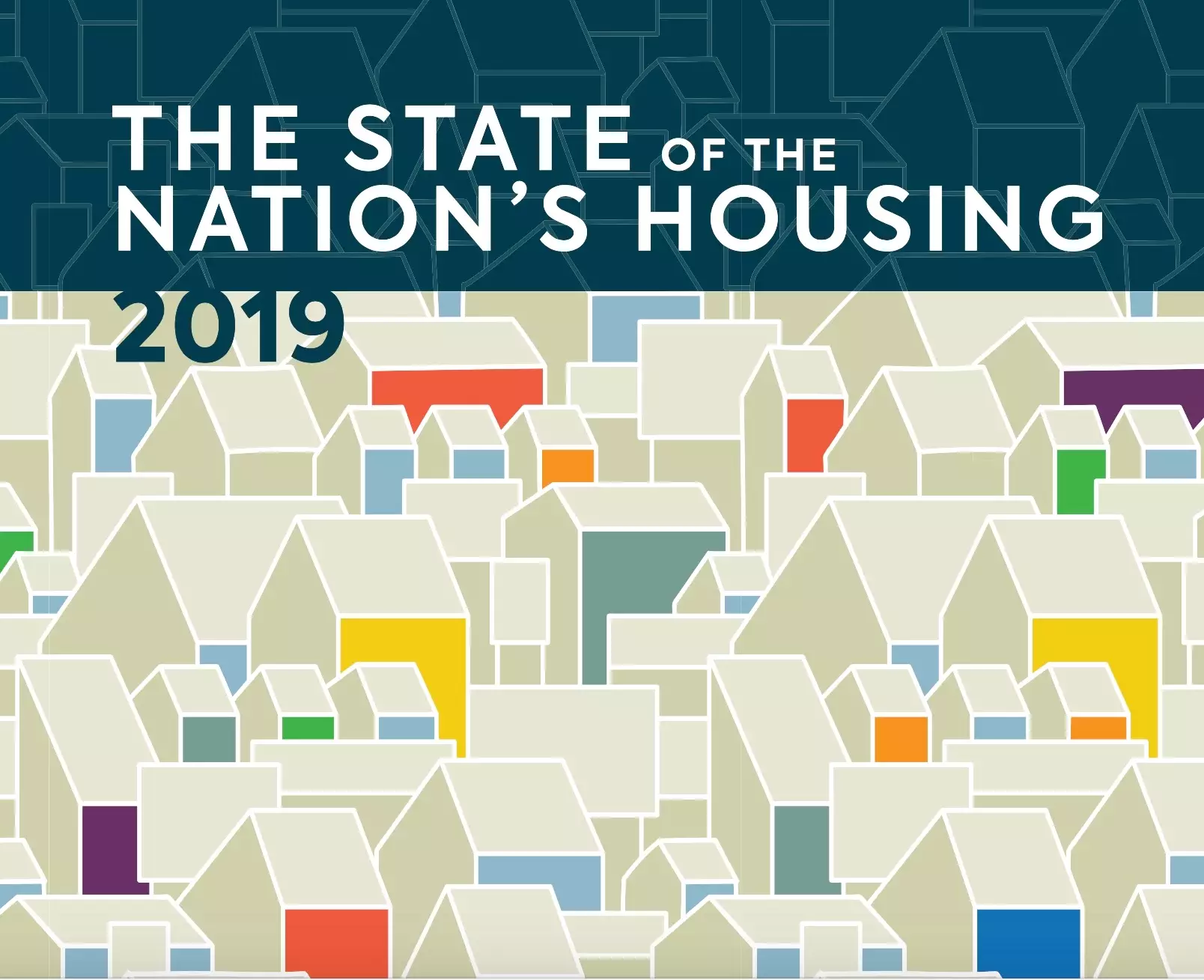Articles, Reports & Data to Understand
the Affordable Housing Need and Challenges

2020 MD Housing Needs Assessment & 10-Year Plan
As the state grows over the next 10 years, more for-sale homes will be needed to support homeownership among Marylanders, but the state’s housing delivery system is hampered by high construction costs and incompatible land use standards. Existing homeowners continue to grapple with high housing costs; ongoing maintenance; and health and safety problems associated with older homes. Perhaps most concerning, however, are the demographic disparities that exist in the state’s housing market today. Households of color experience higher rates of cost-burdens, lower levels of homeownership compared with white households, and tend to live in higher-need areas across Maryland. These disparities are especially pronounced among Black households, whose homeownership rate is 26 percentage points lower than white households.5

From Inherent Racial Bias to Incorrect Data—The Problems With Current Credit Scoring Models
Currently, there is an enormous gap between Black and non-Hispanic white homeownership rates.The Black homeownership rate was 44% at the end of 2020 compared to the 74.5% rate for non-Hispanic white consumers. Since credit scoring models look at homeowners’ housing payments and ignore renters’ rental payment history, Black consumers are at another disadvantage, despite both types of payments falling under the same category of “housing.”

Alice in Maryland: A Financial Hardship Study
ALICE Reports provide high-quality, research-based information to foster a better understanding of who is struggling in our communities. ALICE® is an acronym for Asset Limited, Income Constrained, Employed. ALICE is an acronym for Asset Limited, Income Constrained, Employed. The earnings of Maryland ALICE individuals and families are not enough to support a “survival budget” for life’s essentials: food, housing, healthcare, childcare, transportation, taxes, and technology. The latest ALICE Report reveals that 39% of households can’t afford the state’s high cost of living. This percentage, based on 2018 data, is clearly higher in light of the COVID-19 pandemic and its devastating economic impact on our residents.

One home, a lifetime impact
In 1936 a widowed black woman bought a home and it changed her family’s financial worth for generations. Today homeownership rates of black people lag even further behind whites’ rates, affecting their ability to build wealth.

The State of the Nation's Housing 2019
Our new State of the Nation's Housing report shows that housing production still falls short of what is needed, which is keeping pressure on house prices and rents and eroding affordability. While demographic trends alone should support a vibrant housing market over the coming decade, realizing this potential depends heavily on whether the market can provide a broader and more affordable range of housing options for tomorrow’s households...
